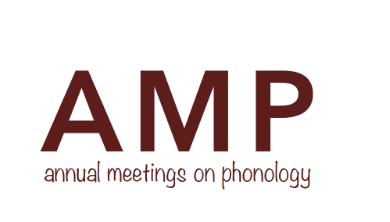What do harmony-based grammars exclude?
Abstract
This study investigates the intrinsic restrictiveness of harmony‐based probabilistic grammars such as Maximum Entropy (ME) grammars. Harmony-based grammars assign each candidate a probability proportional to a harmony score computed solely from the candidate’s constraint violation profile. We formalize the harmony‐basedness assumption and explore its consequences. When the constraint set is fine-grained enough to distinguish all candidates from each other by at least one violation any empirical rates can be modeled. If instead the constraint set allows mappings with identical violation profiles we observe the emergence of cycles where chains of candidates share identical violation profiles. These cycles impose identities on candidate probabilities that have potentially unintuitive empirical consequences. In contrast, non‐harmony‐based frameworks like Stochastic Harmonic Grammar (SHG) are shown not to participate in these cycle identities. This difference between ME and SHG raises the question of whether the cycle identities of harmony‐based probabilistic grammars are an empirical asset or liability.
How to Cite:
de la Fuente, A., Jeong, S., Tapani Anttila, A. & Magri, G., (2025) “What do harmony-based grammars exclude?”, Proceedings of the Annual Meetings on Phonology 1(1). doi: https://doi.org/10.7275/amphonology.3023
Downloads:
Download PDF
365 Views
184 Downloads
